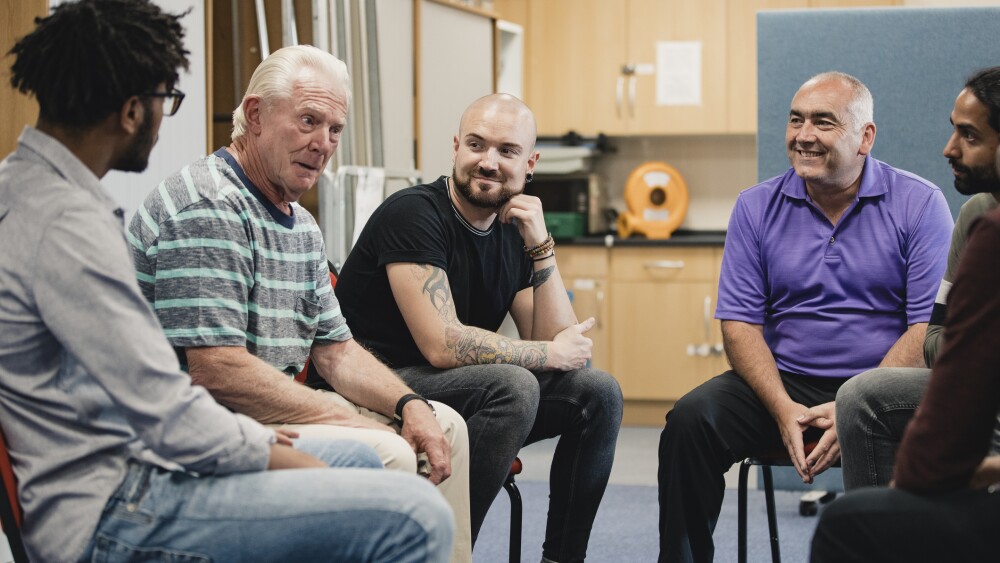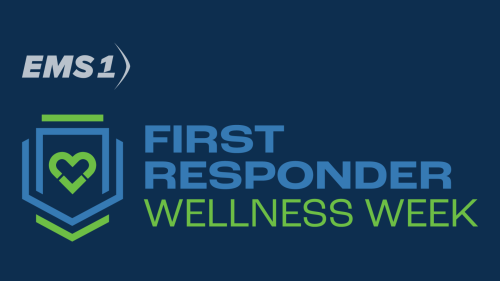Last year’s What Paramedics Want survey asked questions about both employee assistance programs (EAPs) and peer support teams. The answers from more than 3,000 respondents were quite similar, but perhaps for different reasons.
The survey showed that almost 57% of respondents knew how to access their organization’s EAP. However, of these same respondents, only 35% said they trusted EAP as a source of support, and only 37% felt their peer support teams were well trained.
Issue of trust and competence
EAP counselors are usually trained professionals, whereas peer support team members are just that – peers within the organization. Whereas EAP providers might struggle to gain trust or buy-in due to their perceived lack of inside knowledge of emergency services, peers might not be trusted because of doubts about their capability to serve as a counselor, especially regarding confidentiality. After all, first responders are not known to be the best secret-keepers. That alone could be a disincentive for people wanting to engage with an in-house team.
Another hurdle to effective peer support teams is the opposite of what might hinder EAPs. In the case of EAPs, first responders might be hesitant to engage with someone they don’t know from outside the service, someone they feel might not truly understand the challenges they are facing. In the case of peer support, those same first responders might hesitate to engage with someone on the job that they feel they already know too well.
Especially on smaller departments, people tend to know each other well, at least from reputation. These preconceptions may affect someone’s willingness to engage and be open with a particular individual. If someone is considered a trusted friend, engagement with that person is likely through peer support. If the person is not well known, or there is some negative history, that could discourage a person in need of peer support from reaching out.
Team member selection
The way can greatly affect the credibility and effectiveness of the team. The most common ways are through volunteering or recruitment, although some departments have been creative in initiating a kind of nominating system. It is important that team members be representative of all department members, and not just be the same people who tend to do everything else. Some departments have included retired first responders in these roles.
Peer support team members will represent a small number of people from any department, but the process that is used to select and train them should be open to all members. Not everyone on the department will be interested or well-suited to being a team member, but all department members should clearly understand what they can expect from their peer support team and, specifically, how members of that team are trained. This level of transparency will increase trust in the team.
Peer support training
Peer support team members need training in two critical areas: function and content. Peer support team members are not psychologists and should never be expected to provide that level of care and support. However, they do need to be very well versed in what resources are available and how to access them. This type of familiarity requires more than just reading a page in a training manual. Peer support team members should know how available programs operate through firsthand experience – educational sessions with resource providers, points of contact for specific questions.
Functionality is a key aspect of training. What exactly are peer support team members supposed to do? Probably the most important skill they need to possess is the ability to listen deeply and actively. This requires specific training. Listening is a skill that most people do not have naturally, but it can be learned. In some cases, really being listened to and heard by an empathetic, attentive person may be all that a person needs to move forward in solving their own problems.
Training must also underscore the importance of professionalism when in the role of peer support, and confidentiality is a critical aspect of this professionalism. Those seeking peer support must be 100% certain that what they say in any discussion will be kept completely private. Without this assurance, all other training is incidental, because people will not engage with a peer support team unless they can trust it unconditionally.
Training can happen either in-house with local professionals, or through regional or national organizations. For example, the . The National Interagency Fire Center also offers . There are for departments wanting to develop teams.
Some fire and EMS departments may not have the ability (or the will) to create peer support teams, yet members might still have the need for such resources. Regional peer support networks could be one approach to this challenge. For example, the Ohio Association of Professional Firefighters has established , and the Texas State Association of Firefighters has a , as do other states and regions in the country.
Watch for more:
Final thoughts
Survey comments about mental health resources for first responders strongly suggest that creating and supporting these services must be a leadership priority. Certainly, leadership in the area of mental health is a key aspect of changing cultural norms around these issues. Leaders must also consider their own needs and how they might access peer support, particularly as there could be fewer true peers in their own organizations. Regional networks could also remedy this need.
Peer support teams can be a vital resource to support first responders’ mental health. They will best succeed when emphasis is placed on inclusive recruitment of members, good training, transparency about access and function, and an unwavering commitment to confidentiality through the process.

















